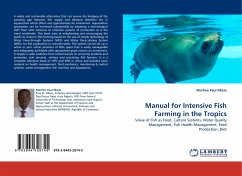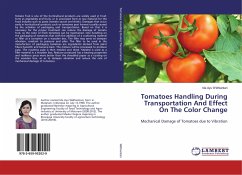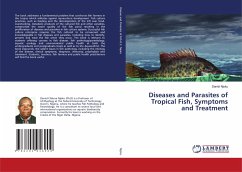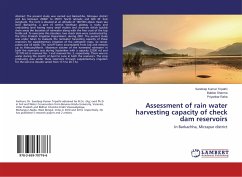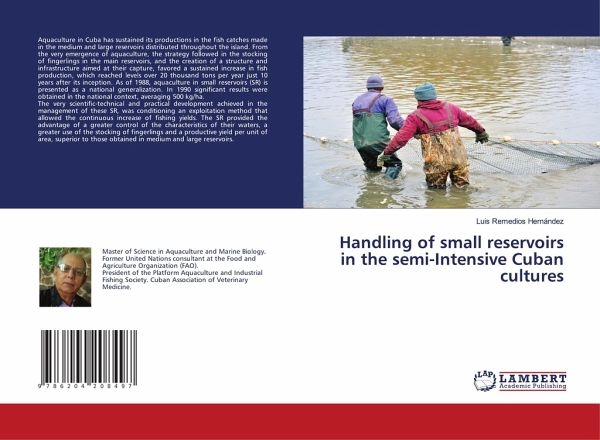
Handling of small reservoirs in the semi-Intensive Cuban cultures
Versandkostenfrei!
Versandfertig in 6-10 Tagen
27,99 €
inkl. MwSt.

PAYBACK Punkte
14 °P sammeln!
Aquaculture in Cuba has sustained its productions in the fish catches made in the medium and large reservoirs distributed throughout the island. From the very emergence of aquaculture, the strategy followed in the stocking of fingerlings in the main reservoirs, and the creation of a structure and infrastructure aimed at their capture, favored a sustained increase in fish production, which reached levels over 20 thousand tons per year just 10 years after its inception. As of 1988, aquaculture in small reservoirs (SR) is presented as a national generalization. In 1990 significant results were ob...
Aquaculture in Cuba has sustained its productions in the fish catches made in the medium and large reservoirs distributed throughout the island. From the very emergence of aquaculture, the strategy followed in the stocking of fingerlings in the main reservoirs, and the creation of a structure and infrastructure aimed at their capture, favored a sustained increase in fish production, which reached levels over 20 thousand tons per year just 10 years after its inception. As of 1988, aquaculture in small reservoirs (SR) is presented as a national generalization. In 1990 significant results were obtained in the national context, averaging 500 kg/ha.The very scientific-technical and practical development achieved in the management of these SR, was conditioning an exploitation method that allowed the continuous increase of fishing yields. The SR provided the advantage of a greater control of the characteristics of their waters, a greater use of the stocking of fingerlings and a productive yield per unit of area, superior to those obtained in medium and large reservoirs.



